Search
Remove Ads
Advertisement
Summary 
Loading AI-generated summary based on World History Encyclopedia articles ...
Search Results
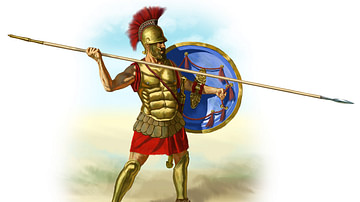
Definition
Hoplite - The Key Infantry Soldier of Ancient Greece
A hoplite (from ta hopla meaning tool or equipment) was the most common type of heavily armed foot-soldier in ancient Greece from the 7th to 4th centuries BCE, and most ordinary citizens of Greek city-states with sufficient means were expected...

Image
Hoplite Warrior, Dodona
The bronze statuette from Dodona depicting a hoplite warrior.

Image
Greek Hoplite
Modern illustration of a 4th century BCE Greek hoplite.
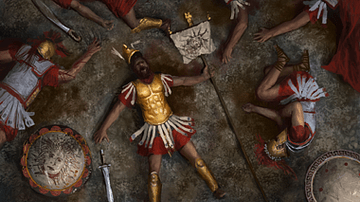
Image
Fallen Greek Hoplite
An artist's impression of what a fallen Greek hoplite may have looked like.
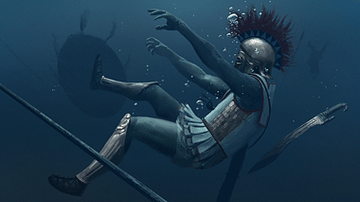
Image
Greek Hoplite Drowning
An artist's impression of what a Greek hoplite may have looked like.
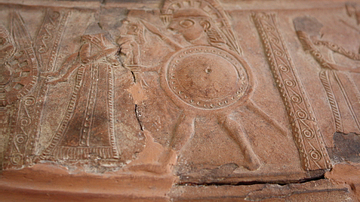
Image
Greek Hoplite, Mykonos
A depiction of a Greek warrior. From a pithamphora manufactured in the second quarter of the 7th century BCE. The vessel was made on the island of Tinos in the Cyclades and found at Chora on Mykonos. (Archaeological Museum, Mykonos).
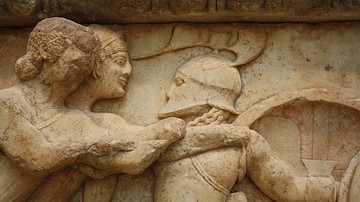
Definition
Ancient Greek Warfare
In the ancient Greek world, warfare was seen as a necessary evil of the human condition. Whether it be small frontier skirmishes between neighbouring city-states, lengthy city-sieges, civil wars, or large-scale battles between multi-alliance...
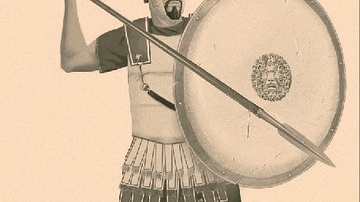
Image
Carthaginian Sacred Band Hoplite
A Carthaginian hoplite from the Sacred Band, the army corps composed of Carthaginian citizens. Taken from a coin of Syracuse, 4th century BCE.

Video
Marathon to Chaironeia: changes in hoplite armour
Professor Peter Krentz speaks on changes in hoplite armour at the Greek and Roman Armour Day, 20th July 2015.

Article
The Greek Phalanx
One of the most effective and enduring military formations in ancient warfare was that of the Greek phalanx. The age of the phalanx may be traced back to Sumeria in the 25th century BCE, through Egypt, and finally appearing in Greek literature...